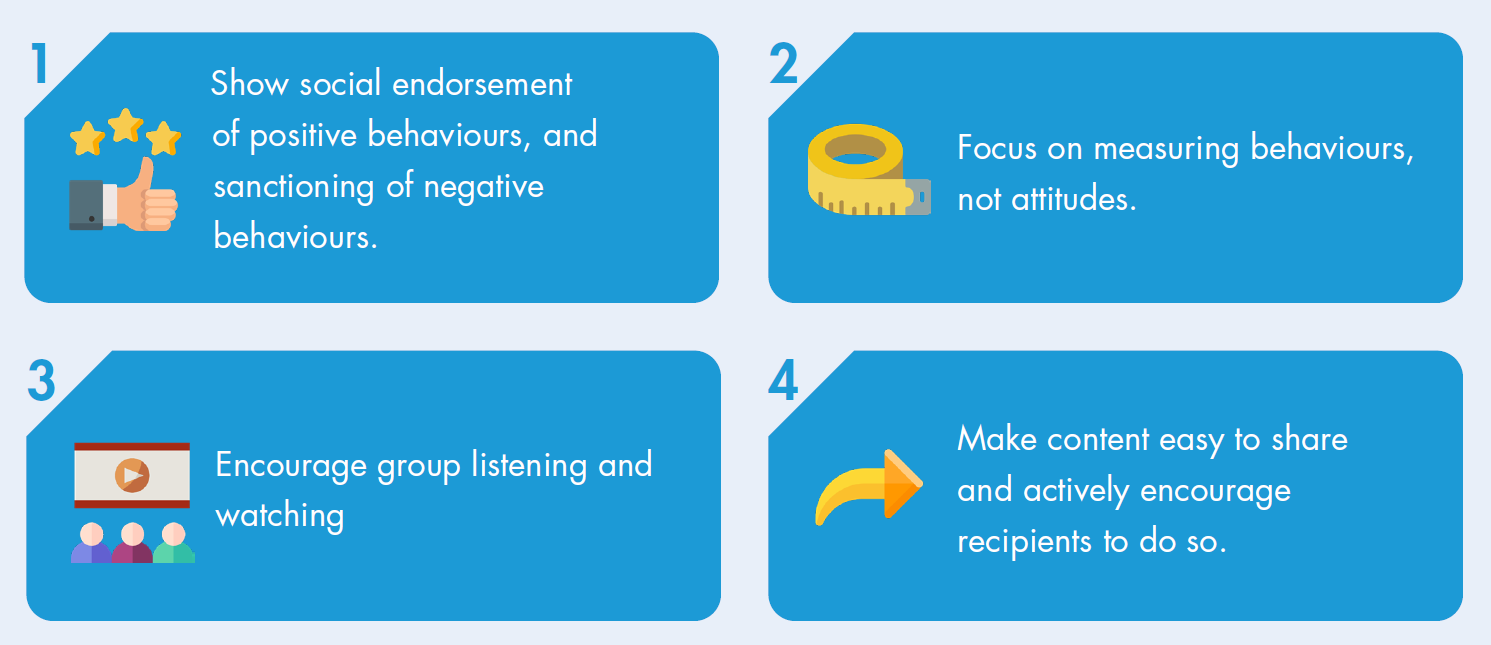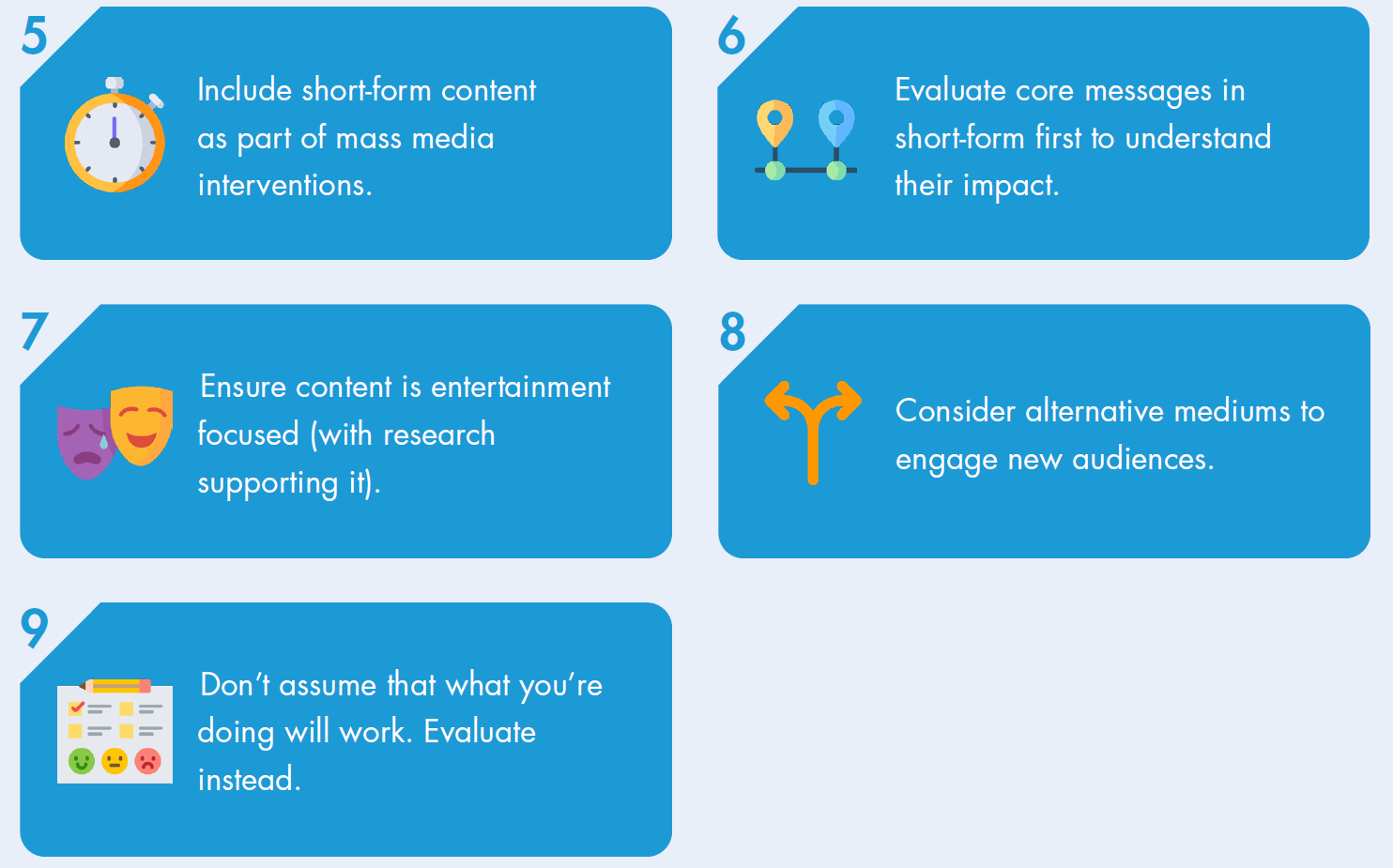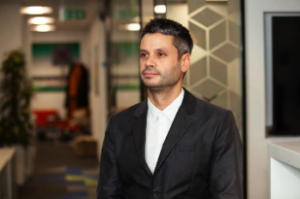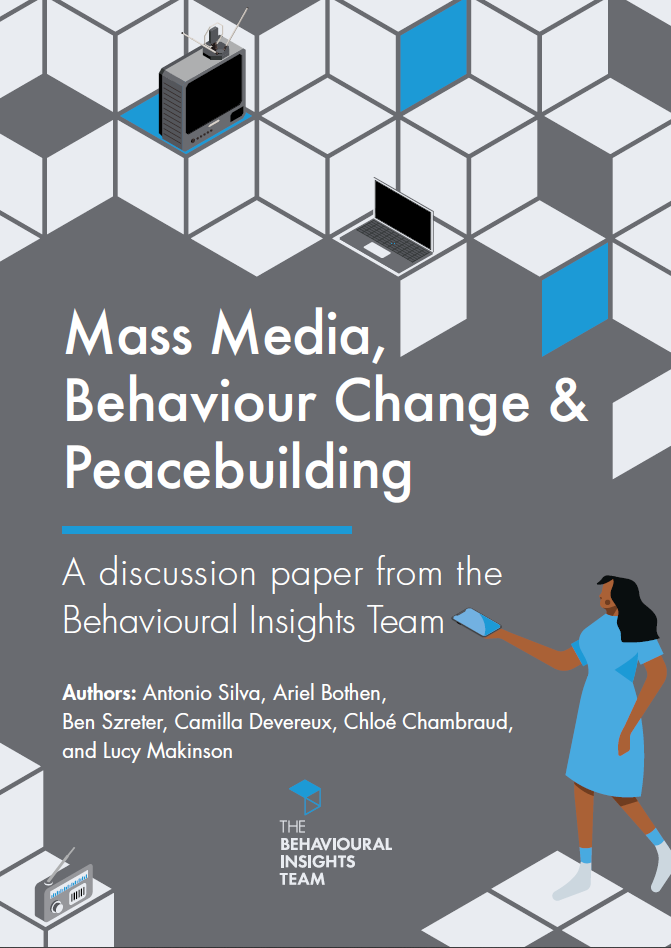Violent conflict is one of the most pressing challenges facing humanity. Armed violence causes physical devastation, suffering, displacement and death. It creates trauma now and for generations to come.
Between 55,000 and 100,000 people are killed each year as a result of violent conflict. In 2019, more than 68 million people across the globe were displaced due to conflict or persecution — the highest number recorded for 30 years.
Millions of individual decisions underpin these tragic impacts. People decide either to stoke hatred or to confront it, to fight or to lay down weapons, and to forgive past conflicts or to repeat them.
So how can we reduce violent conflict or prevent it from happening in the first place?
Mass media and propaganda has often been used as a tool to generate hatred and perpetuate conflict from Nazi Germany to the Rwandan genocide to the Rohingya in Myanmar. However, given the enormous reach of TV, radio and the internet, we wanted to better understand how mass media can also be a tool for maintaining and rebuilding peace.
In our new discussion paper Mass Media, Behaviour Change & Peacebuilding, we reviewed the evidence of mass media’s impact on peacebuilding behaviours to identify if (and how) it works, and to suggest approaches for harnessing mass media in the future. The three most important takeaways are:
1. Mass media can drive sustained changes in behaviour
We found evidence of mass media positively affecting a wide range of conflict behaviours, from increased willingness to speak out against interpersonal violence, to encouraging militants to lay down weapons, or increasing engagement in peaceful democratic processes. Some effects persisted months later, even for videos just a few minutes long.
2. Changing audiences’ perceptions of their social environment drives changes in behaviour
Mass media can change behaviour without affecting underlying attitudes. Instead, it often changes audiences’ perceptions of how other people would behave. Sometimes it does this directly, by using storylines of people acting positively or supporting those who do. Sometimes the media provokes discussions with friends and family, and in doing so reveals how they feel about a behaviour (for better or for worse…).
3. Media can backfire, and we need to improve our understanding of what works (and what doesn’t)
Not all media interventions achieve their desired effect. Many have no effect at all, and some make things worse. In order to start using mass media effectively for peacebuilding, we need to learn what works through robust evaluations of new and existing programmes. We suggest three approaches for better evaluations, and some suggestions for measuring complex behaviours.
In order to help organisations, content designers and policy makers put the best evidence into practice, we have included recommendations on how they can apply the lessons learned from this review in their work. These recommendations relate to specific insights identified.
Recommendations for organisations, content designers and policy makers


Overall we believe that mass media is a powerful tool that can shape the behaviour of entire communities and start to repair the fractures that divide them. But it is a tool that we still need to understand better if we are to use it at scale to deal with one of the world’s most pernicious problems. This review is a small step in building that understanding, and we hope it is a starting point for generating new ideas, new evaluations and, ultimately, new insights.










